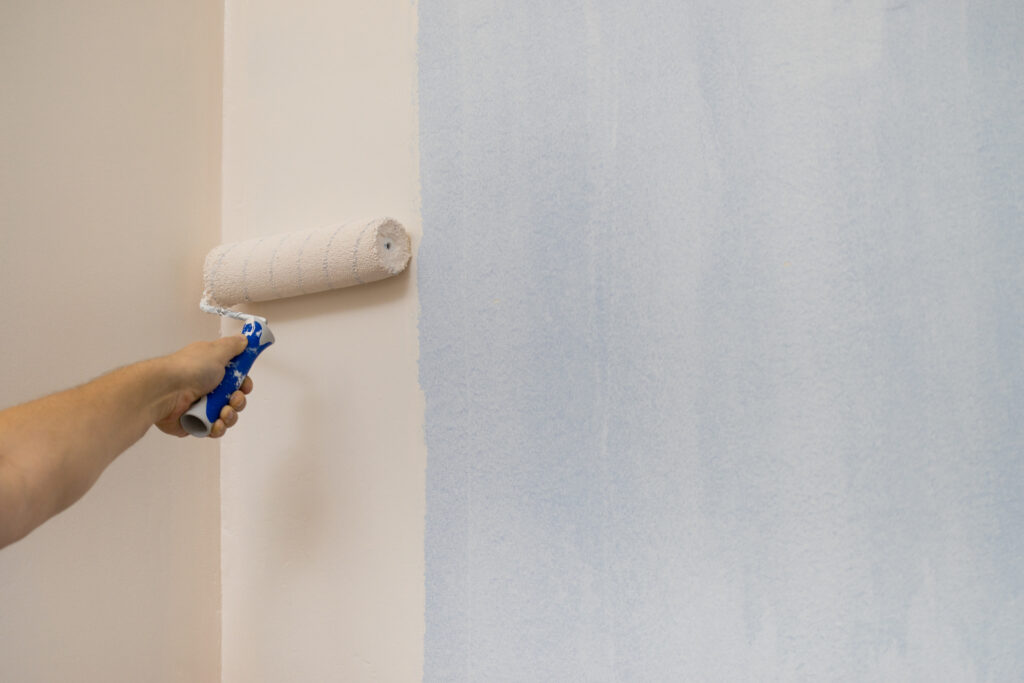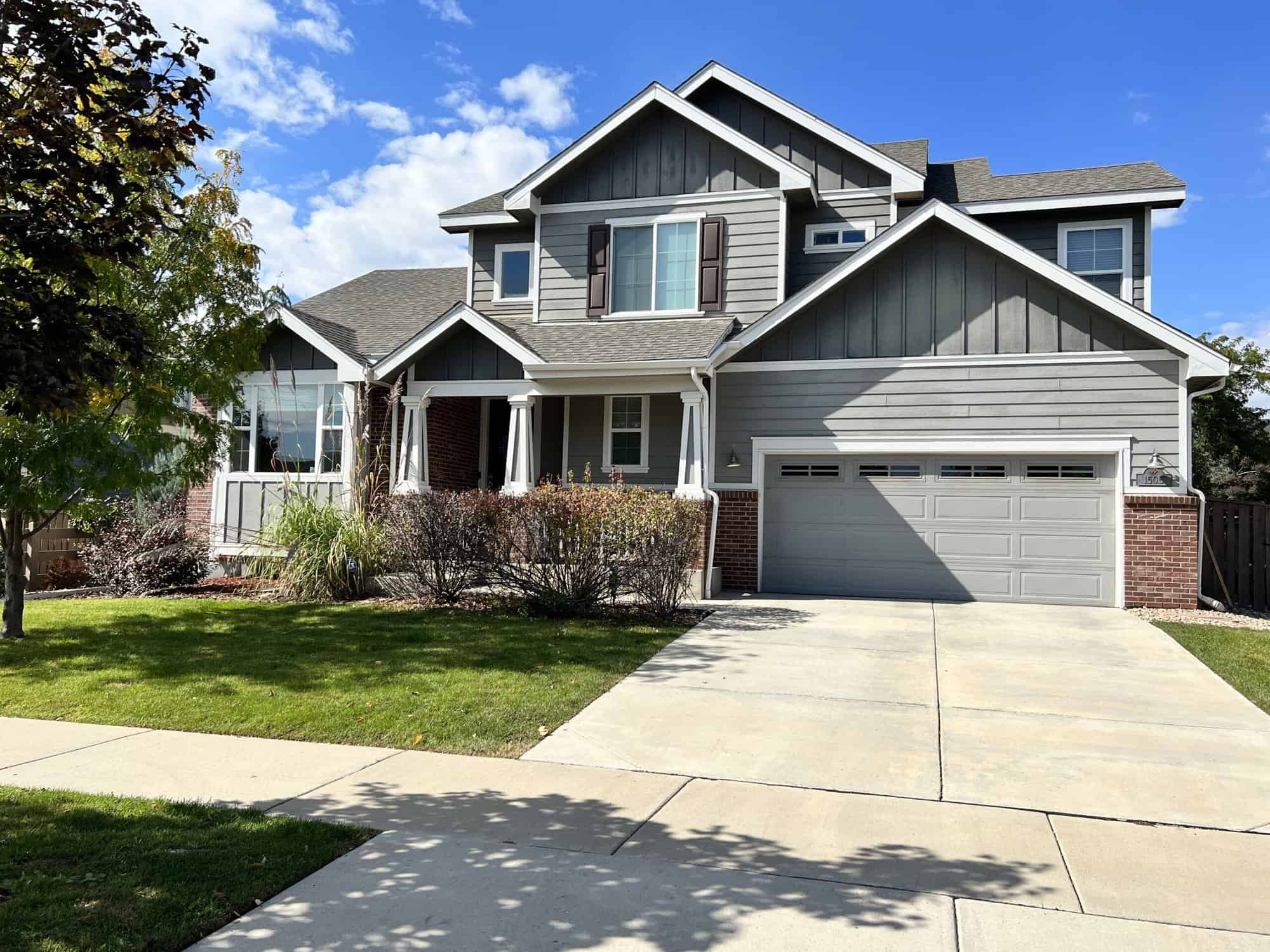If you’re planning to refresh your walls with a new coat of paint, you’ve probably wondered, how many coats will it really take? It’s a question that often comes up when homeowners start a new painting project.
Too many coats and it feels wasteful; too few, and your walls might end up looking patchy or uneven. So, what’s the sweet spot?
We know that the number of coats you apply can make all the difference in achieving that professional, smooth, and lasting finish. In this guide, we’ll break down how many coats of paint for wall will give you the best results, from picking the right paint to ensuring you get a flawless finish in every room of your home.
Key Takeaways:
- Most walls need two coats for a smooth, even finish—primer and paint.
- Room type affects coat count: Kitchens and bathrooms may need extra durability.
- Primer is key: Helps with color coverage and long-lasting adhesion.
- Dark colors often need more coats to achieve full coverage and depth.
- Quality paint saves time: High-quality paints cover better, requiring fewer coats.

How Many Coats of Paint for Wall?
The general rule of thumb is that most walls need two coats of paint. That second coat not only adds depth but also increases durability, giving your walls that polished, even look.
But it’s not always that simple. Let’s take a closer look at some of the factors that will influence your coat count:
Wall Condition
The condition of your walls plays a huge role in determining how many coats you’ll need. If you’re painting bare drywall, you’ll likely need two coats of primer and then two coats of paint. For walls that are already painted, one coat of primer (especially if you’re changing the color drastically) and two coats of paint should be sufficient.
If the surface is rough, porous, or has patches, you may need to add another coat of paint for better coverage and a more even finish.
Choosing the Right Paint Type
Using the right paint can make a significant difference. High-quality paints typically provide good coverage with just two coats, while cheaper paints might require more layers to achieve a similar effect. Investing in high-quality paint, especially for high-traffic areas like kitchens or hallways, will not only save you time but also ensure your walls stay looking fresh longer.
It’s worth noting that if you’re unsure which paint to go with, you can check out our blog on how to match paint colors to ensure you pick the best one for your project.
The Impact of Color
Color matters more than you might think. Dark colors typically require more coats to get an even, rich finish. Colors like red, blue, or bright yellow can be tricky and might need an extra coat or two. On the other hand, lighter shades like whites or beige often do well with two coats, though you should still assess the coverage after the second coat. To start, we listed here the latest color palettes for interiors that you can consider.
Room Type and the Coat Count
Certain rooms in your home will need different approaches depending on how much wear and tear they get. Here’s how the type of room can impact the number of coats you need:
- Living Rooms & Bedrooms. These areas are generally low-traffic and don’t face a lot of moisture. Two coats of quality paint are usually enough for a great finish.
- Bathrooms & Kitchens. These rooms experience higher moisture levels and frequent cleaning. You’ll need two solid coats of durable, moisture-resistant paint to ensure the paint can withstand the daily humidity and moisture exposure.
- Hallways & Entryways. With all the foot traffic these areas get, you may want to apply an extra coat for added durability. Two coats typically work, but if you want extra protection against scuffs and wear, adding a third coat can give your walls the durability they need.
The Power of Primer
Primer is a game-changer. It not only helps the paint stick better but also provides a smoother, more even surface for paint application. If you’re covering dark colors or stains, primer is especially important. Usually, one coat of primer followed by two coats of paint will give you a perfect finish. You can read more about this in our blog on can I use exterior paint inside if you’re considering different types of paint for your project.
Picking the Right Paint Finish
The type of paint finish you choose can also influence how many coats you need. Flat or matte finishes do a great job of hiding imperfections but may not hold up as well in high-traffic areas. On the other hand, satin or eggshell finishes tend to be more durable and require fewer coats, making them a great choice for rooms with more wear, like living rooms or hallways.
Pro Tips for a Successful Paint Project
Want your painting project to look as professional as possible? Here are some tips we use at Foothills Painting to make sure your walls turn out perfectly every time:
- Invest in High-Quality Paint. It’s worth spending a little more on paint that offers better coverage and durability. This means fewer coats and longer-lasting results.
- Apply Thin, Even Coats. Applying thick coats can lead to drips, streaks, and longer drying times. Thin, even layers will give you a smoother, more consistent finish.
- Allow Drying Time Between Coats. Rushing through the drying process can result in streaks or smudges. Make sure each layer has enough time to dry before applying the next one.
- Use Quality Brushes & Rollers. The right tools are essential for a smooth, professional finish. A quality brush or roller will help you cover more area with fewer touch-ups.
Final Thoughts
So, how many coats of paint for wall? For most rooms, two coats should do the job. But factors like wall condition, the color you’re using, and the type of room can affect how many layers are necessary. Don’t forget the power of primer and choosing the right finish for a longer-lasting result.
If you’re in the Erie, CO area and looking for professional help with your painting project, give us a call at 970-427-2866 for a FREE estimate. At Foothills Painting, we’ve got the expertise to ensure your walls get the best treatment, from start to finish.
Let’s make sure your home looks beautiful for years to come!





